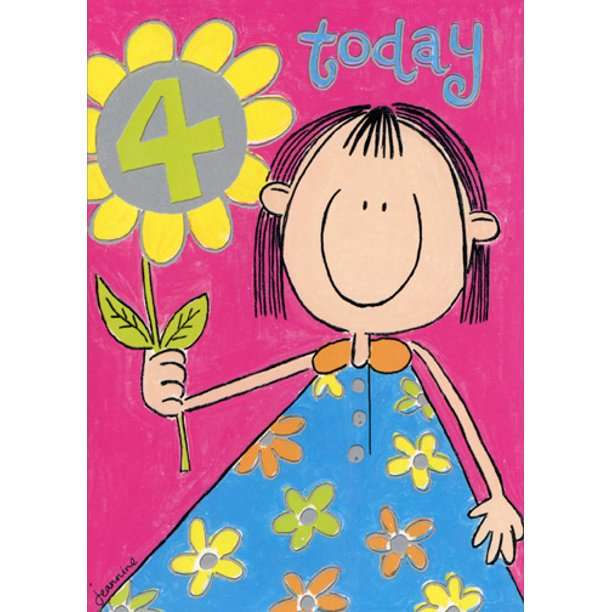Why We Like Them
From bamboo, to hemp, and now sugarcane waste pulp, Tree-Free has experimented with a number of naturally renewable paper alternatives, committed to reducing the amount of post-consumer waste caused by paper products. By printing on 100% post consumer recycled paper, Tree-Free saves 2,405 mature trees, 1,121,858 gallons of water, 1,078 million BTUs of energy, 75,098 pounds of solid waste, and 206,850 pounds of greenhouse gases a year .
All of Tree-Frees 100% recycled papers meet the rigorous standards for Process Chlorine Free coding, ensuring less harmful byproducts than the other guy. PCF paper is made with fiber recycled from post consumer waste and is unbleached, or bleached without chlorine compounds, making it the most environmentally preferable type of paper.
Not only are their paper products chlorine free, but theyre Green-e certified, meaning theyre made with electricity generated from wind power. As Tree-Free works towards being carbon neutral, the role of renewable energy is more important than ever. By investing in wind energy, Tree-Free paper suppliers are reducing their overall impact on the planet, as well as aiding in the growth of emission-free, renewable energy. In their new state of the art printing facility, they plan to bring printing and production under one solar powered roof. The 200 panel photovoltaic array will power the entire site, reducing carbon pollution by thousands of pounds.
- Recyclable
Growth And Expansion During The 1970s
During the early years of the decade, Recycled Paper Products focused on producing cards for the Christmas season. Yet Friedmann and Keiser wanted to create a line of cards that could be used for occasions throughout the year, including Earth Day, Valentines Day and such life events as retiring from a job. In addition, they wanted to include animals in their greeting cards, an idea which would tie appropriately into the companys environmental orientation. Luckily, at a trade show in New York they met Sandra Boynton, a freelance card designer. Having been criticized in the past for the fact that her cards had too much white space on them, Friedmann and Keiser found her to be highly talented and one of the most innovative card designers they had met. At the same time, Boynton took to the two creative entrepreneurs. The result was a long-standing contract for Boynton to design cards for Recycled Paper Products. When she created the Hippo Birdie Two Ewe birthday card, with a hippopotamus, a bird, and a pair of sheep on the card, it garnered such widespread success and sales that Recycled Paper became known as the Hippo Birdie Two Ewe company.
The 1980s And Increased Competition
Friedmann and Keiser fought back, and by the end of the decade were offering more than 9,000 greeting card designs throughout the year. One of the innovative selling techniques that helped Recycled Paper Products increase its sales and retain its share of the market in spite of competition from Hallmark was a new computerized system that tracked the sale of cards in numerous stores throughout the United States. Rather than lugging a deck of greeting card samples to each store and showing them to store managers, the new computerized system enabled the company representative to drop off a number of new greeting card designs and discover within weeks which were the top selling cards. Having strategically placed these cards called testers at pre-selected locations across the country, there was no other system like this in the greeting card market, and Recycled Paper Products continued its success largely on the basis of this system.
You May Like: Birthday Gifts For Her Singapore
Quick Pick: Hellolucky + Recycled Paper Greetings
Im so excited for this brand new collection from Hello!Lucky! Theyve teamed up with Recycled Paper Greetings to create a line of 64 awesome new greeting cards exclusively for Target everything from birthday cards to thank you cards to just because cards. Each design showcases spirited illustrations and fun treatments like glitter, gold foil, and debossing.
You can find the new Hello!Lucky + Recycled Paper Greetings collection in a Target store near you starting today!
Who They Are

Tree-Free was founded in 1999 with the goal of being the most transparent, most environmentally friendly greeting card company ever. At the time, there was only one eco-friendly alternative to traditional paper, but they didnt disclose what the recycled content was, or whether is was post consumer recycled. Steve Silverstein, founder of Tree-Free, knew there had to be a better way.Tree-Free began to test different paper textiles, starting with Kenaf, a fast growing plant related to the hibiscus flower. They experimented with printing on bamboo, hemp, and most recently 100% bagasse, aka sugarcane waste pulp. No matter what eco-friendly process they use to create their products, they are aiming to reverse the trend of paper product waste. Tree-Free has a commitment to renewable energy sources, investing in wind power to offset the impacts of their paper suppliers, as well as funding a solar powered art printing facility. Their new state of the art printing facility has decreased the amount of paper used and wasted by 10 tons a year . Plus, the 200 solar panels on the roof will provide 65,344 kilowatt hours of clean, renewable electricity each year. These goals will be reducing Tree-Frees carbon footprint by nearly 60,000 lbs of carbon pollution annually!
Recommended Reading: Wine Birthday Gift Basket Delivery